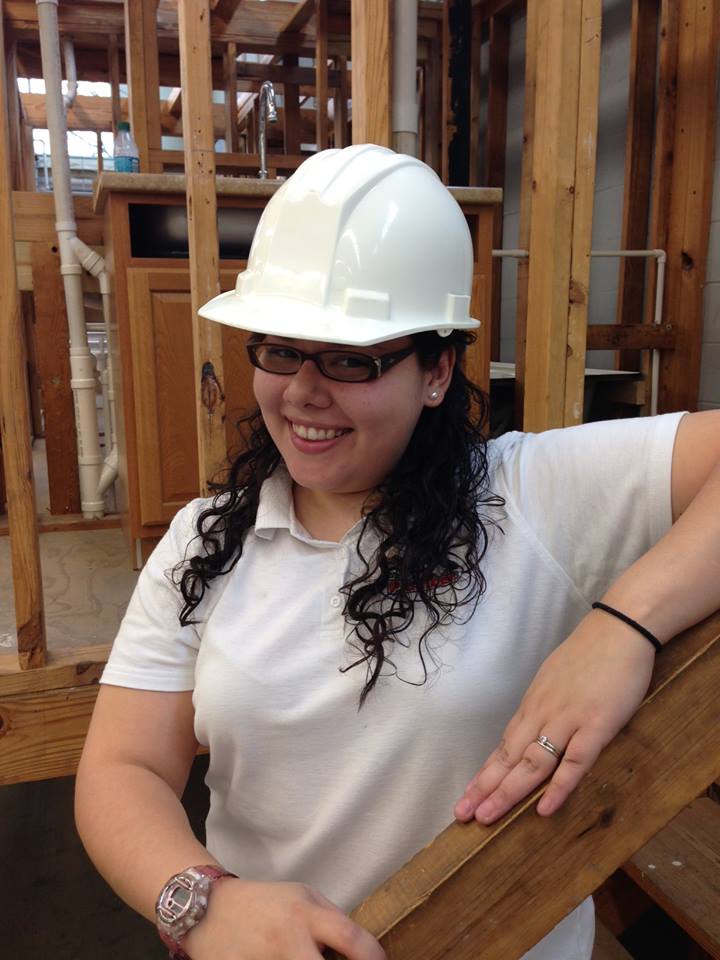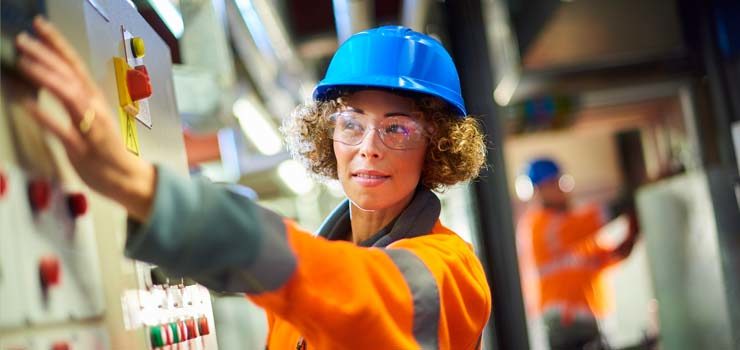 By: Allie Perez
By: Allie Perez
Inclusivity, a multi-syllabic word inundating the vernacular of today’s culture. The word implies including those who would otherwise be outcast or marginalized.
Tradeswomen are no stranger to being marginalized in their non-traditional occupations. Being an inclusive employer is more than just being willing to hire women. Inclusivity is a cultural shift in workplaces – like the skilled trades – where conversations about inclusion can now occur. It’s not enough to recruit women to the trades. Contractors and workplaces must ensure their environments are in tune with the wants and needs of employees to retain their female workforce.
Women comprise a mere nine percent of the construction industry workforce. To put that into stark perspective, there is one woman per ten people in construction trades. Of that nine percent, more than half work in the industry, but in office or management roles, not working in the field. The numbers don’t lie. The construction trades industry needs to fill the skilled labor gap and attracting more women to the trades is a pivotal part of filling that gap. However, women in the trades will testify that working in the industry may not be the right fit for everyone. Grueling working conditions, long hours and co-worker harassment dominate the nature of this industry. Where do women fit in?
Benefits and Challenges for Tradeswomen
Non-traditional occupations, such as women in the skilled trades, can provide a slew of benefits that some workers feel balance the pitfalls of the industry. In the skilled trades, for example, women can expect to make 103.8% more than their male counterparts according to the Bureau of Labor Statistics (BLS) in 2017. Higher wages are not the only benefit women can expect from working in the skilled trades. Companies acknowledge their lack of diversity and have implemented programs and leadership staff to address the problem. Providing employee benefits, sign on bonuses and competitive compensation packages lure workers to fill the skilled labor gap.
High wages and impressive benefits work to offset the challenges that could be faced while working in a non-traditional occupation. During World War II, with most of the male population off at war overseas, women were called upon to fill in for the jobs and roles men left behind. Women filled in at factories and went off to war themselves. The role they played during WWII opened up a conversation about American women in the workplace. In the new millennia, while women in the workforce have become commonplace, industries like the skilled trades still lack female workers. Tradeswomen find personal job fulfillment by working with their hands to create products and structures they can be proud to work on.
Specific challenges faced by women in the non-traditional occupations of the skilled trades include sexual harassment, safety and personal health. Sexual harassment can appear in any industry. However, the skilled trades have lacked women in the field for so long that the culture itself must adjust. Personal safety can be compromised by ill-fitting personal protective equipment (PPE), such as: protective eyewear, gloves and loose-fitting vests. PPE is typically sized “one-size fits all” which seems to only apply to men’s sizes. Improper fitting PPE could cause major harm or even death if a loose vest were to become trapped in a machine or a hard hat were to fall off when most needed. A woman’s health can also be affected by lack of available or sanitary restrooms on construction sites. A non-traditional occupation can be hazardous, but the benefits outweigh the pitfalls for most.
Establishing an Inclusive Workplace Culture
Inclusivity is not rocket science. It’s simple and the results – overwhelmingly positive. Major brands in the skills trade industry have implemented diversity leadership and programs to proactively address concerns of tradeswomen. A few tips from diversity experts recommends:
- Provide mentorship and access to organizations. Having the support of a fellow tradesperson can make a huge impact and increase retention rates.
- Provide training to staff and leadership about inclusivity and best practices for a safe workplace. Not just one training, continuous training is required for cultural shift.
- Provide an environment of open communication. Employees should feel they have the right to speak up about concerns and someone is listening to provide solutions.
- Keep updated about policies and best practices for inclusivity. The Department of Labor – Women’s Bureau is a valuable and helpful resource.
- Include more women in the hiring process to ensure incoming candidates are diversified and inclusive.
- Incorporate into the community. Volunteer for career days at local schools, offer a scholarship program for young people to join the trades. Think outside the box while bringing the notion of trades as a career option into your community.
Women can fill the skilled labor gap. Increasing the number of women in the skilled trades industry can only have positive effects. Filling the labor gap, promoting the skilled trades as a viable career option and workplaces with inclusivity will be the way of the future in the construction industry.
Allie Perez is the CEO & Founder at Texas Women in Trades, Owner/CEO at Allie Katz Business Services and Consulting, and Director of Operations at Mr. Plumber Plumbing Co.

